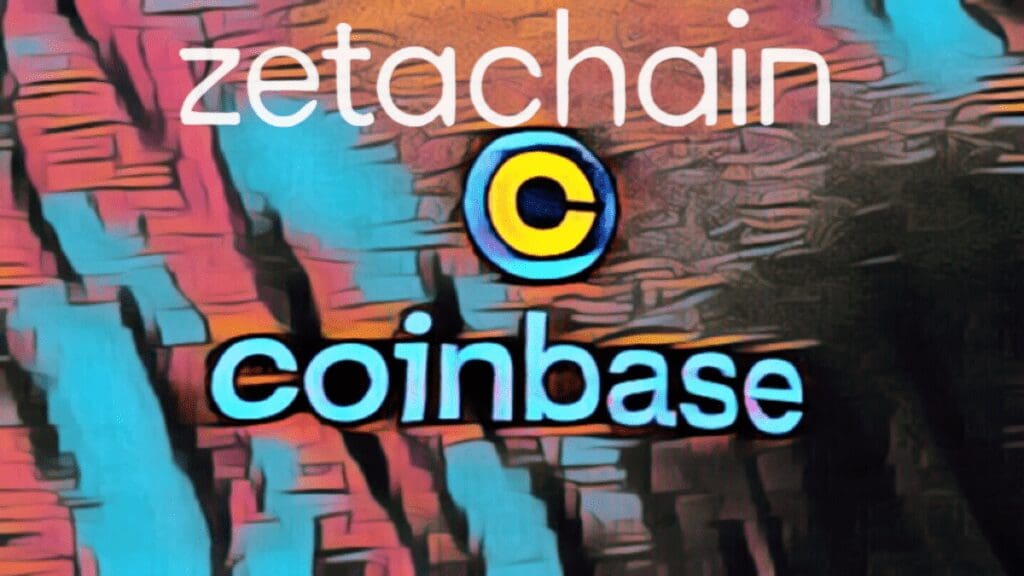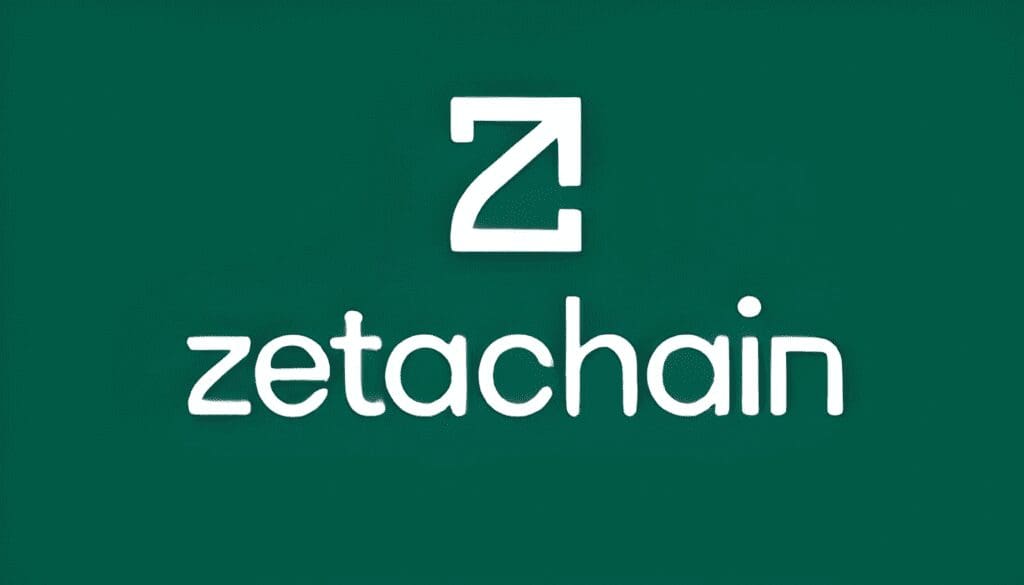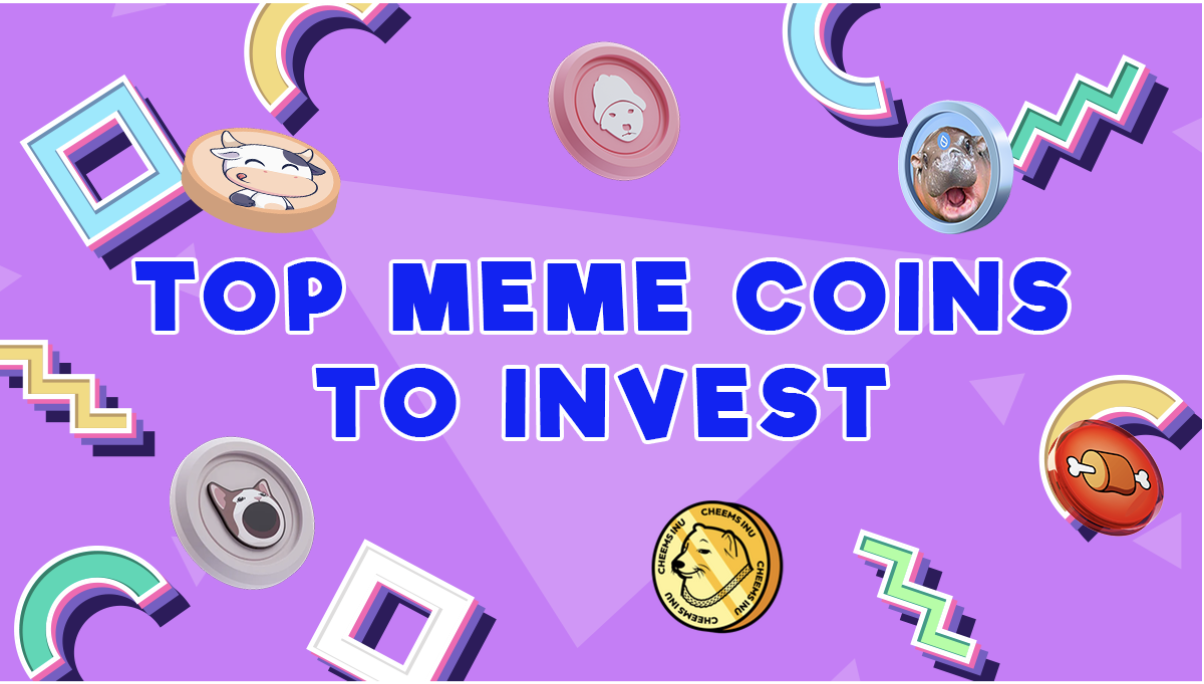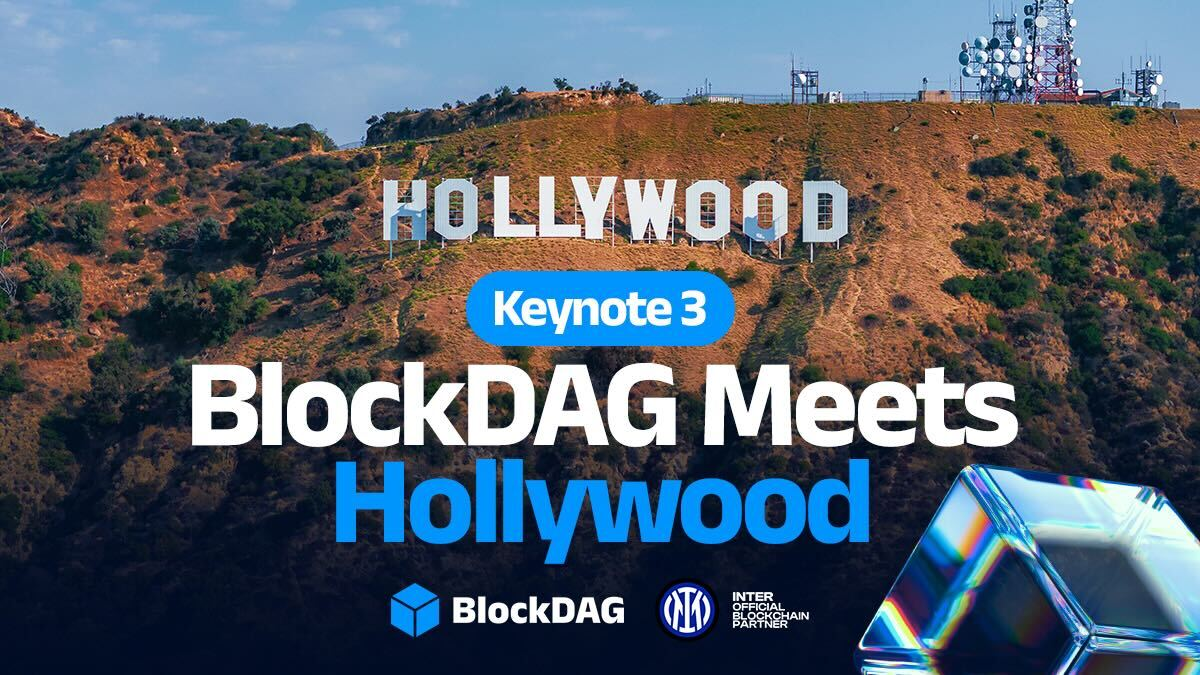ARTICLE AD BOX

Coinbase Adds Zetachain to Listing Roadmap, Driving Market Excitement
Coinbase recently made waves by announcing the addition of Zetachain (ZETACHAIN) to its newly revamped Roadmap section. This move sparked significant enthusiasm among investors, leading to a 17% surge in Zetachain’s price. The digital asset reached a peak of $0.5177 before stabilizing at a 16.5% gain, highlighting the market’s anticipation of increased liquidity and market presence.
Coinbase’s Strategic Roadmap and Transparency
Coinbase’s decision to list Zetachain is part of its broader strategy to diversify its asset offerings and enhance user experience. The exchange has recently overhauled its asset listing process, replacing the previous “assets under consideration” list with a more transparent and user-friendly “Roadmap” section. This update aims to provide investors with more timely and accurate information about potential listings.
The exchange has, however, cautioned users that transfers and trading of these assets are not supported until an official listing is confirmed. Coinbase emphasized that depositing unsupported assets could lead to permanent loss of funds, urging investors to follow official announcements closely. Additionally, Coinbase has introduced an experimental label for newly listed assets, signalling higher risks and potential rewards associated with these early-stage tokens.

Zetachain’s Gateway Upgrade Enhances Blockchain Interoperability
In a parallel development, Zetachain recently unveiled a significant upgrade to its platform called Gateway. This new feature enhances blockchain interoperability by allowing users to access applications from multiple networks supported by Zetachain.
The upgrade, released on July 18, includes the introduction of Gateway and Localnet, which improve connectivity across various blockchain ecosystems, including Bitcoin. Gateway integrations have also revamped the smart contract interface, enabling externally owned accounts (EOAs) to send tokens and interact with Universal Apps through a unified API.
This innovation promotes a more efficient hub-and-spoke model, simplifying the process for developers and users to engage with multiple blockchain networks without the need to switch between them.
.png)
 5 months ago
3
5 months ago
3








 English (US)
English (US)